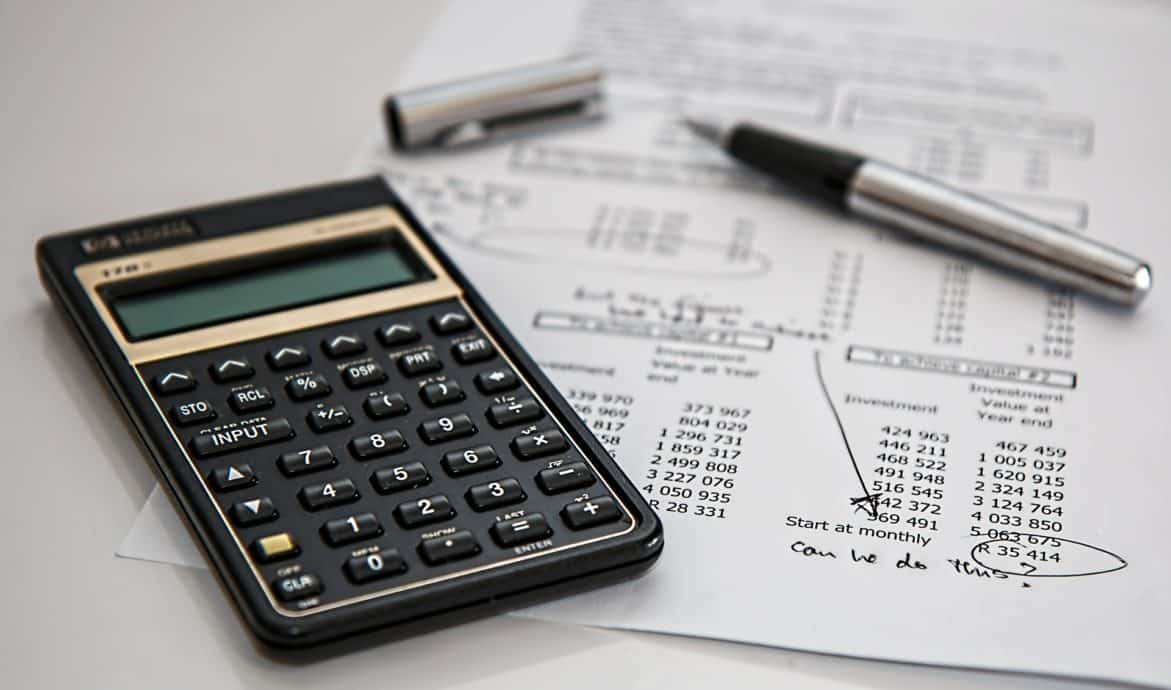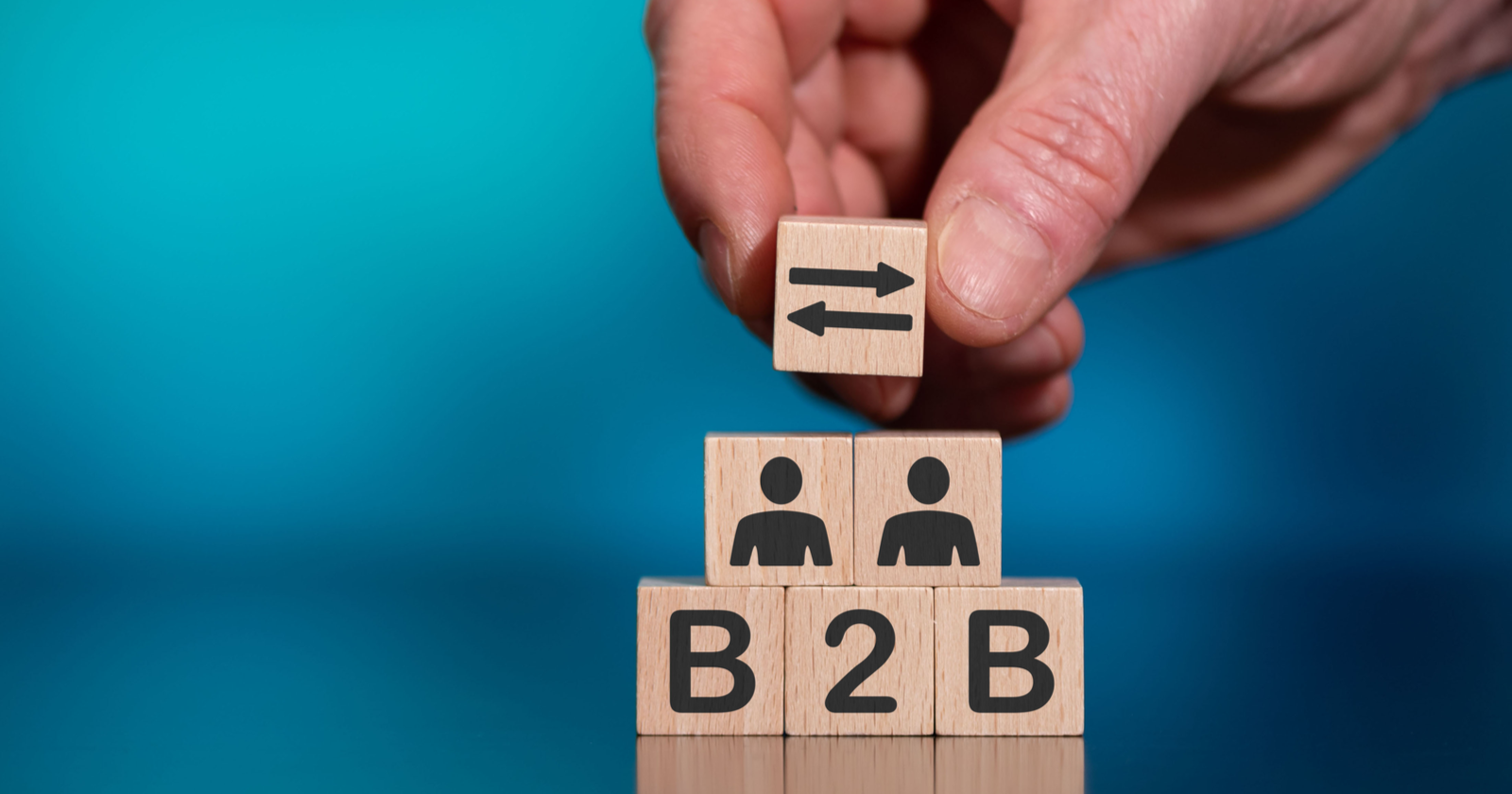Ready to see Qobra in action? Discover and try out our platform right now for free.
Product TourCustomer Acquisition Cost (CAC) is a key metric monitored by all major companies!
Why is it necessary? How to calculate it? How to optimise it?
During a webinar on the subject of variable remuneration, the experts of Qobra, Doctolib & Spendesk were able to talk on the subject of customer acquisition cost and bring all their advices, tips and good practices on the subject!
1. What is Customer Acquisition Cost (CAC)?
As the name suggests, the CAC allows each company to calculate how much it has spent to acquiring a customer.
The CAC can be calculated more or less regularly (monthly, quarterly, half-yearly, annually, etc.).
➕Formula
CAC = (marketing expenditure + sales expenditure) / number of customers
2. Why should you calculate your Customer Acquisition Cost?
The cost of customer acquisition is an indicator that allows the company to evaluate its profitability by calculating the cost of a new customer VS what it brings in. It also allows the company to estimate its growth potential by comparing (over the same period) the evolution of the customer acquisition cost with the evolution of the volume of new customers.
"Initially, the CAC was a control variable to make sure we didn't go to the wall and burn too much cash."
Antoine Fort, CEO at Qobra
However, the CAC is above all a first choice indicator to measure its acquisition strategy and therefore identify its strengths and areas for improvement!
Indeed, the company can accurately calculate the effectiveness of its various marketing campaigns and channels used (online advertising, street marketing, mailing, influencers, etc.), and thus identify the most effective and/or profitable campaigns and channels.
The benefits for the company of defining its CAC are therefore numerous and speak for themselves! Let's get to the heart of the matter...
3. The steps to define your customer acquisition cost!
Here are the 3 main steps to follow to determine your customer acquisition cost:
- Define the calculation period (monthly, quarterly, half-yearly, annually, etc.)
- List and add up all marketing and sales expenses over the pre-defined period
- Divide the total costs by the number of new customers acquired in the given period
4. What data is needed to calculate its customer acquisition cost?
Once the calculation period has been defined, it is a question of drawing up a list of all the marketing and sales expenses. Often numerous and complex to identify, we have listed most of them for you:
Marketing expenses :
- Salaries and variable remuneration of employees in the marketing department
- Peripheral expenses for marketing department employees (computers, company telephones, health insurance, luncheon vouchers, etc.)
- Pro-rata office rent for marketing teams
- Print advertising campaigns (magazine ads, billboards, etc.)
- Digital advertising campaigns (Google Ads, LinkedIn Ads, Facebook Ads, etc.)
- Street marketing (flyers, posters, etc.)
- Marketing events (trade fairs, conferences, business lunches, etc.)
- Partnerships (newsletters, podcasts, netlinking, influencers, etc.)
- Marketing tools (Hubspot, Outreach, Semrush, Mailchimp, etc.)
- Suppliers and service providers (SEO agency, PR agency, freelancers, etc.)
- ...
💡 Good to know
According to the Small Business Administration, B2C companies spend about 9.6% of their turnover on marketing, while B2B service companies spend 11.8%.
Commercial expenses :
- Salaries and variable remuneration of the employees of the commercial department
- Peripheral expenses for employees in the commercial department (computers, company telephones, company cars, petrol, health insurance, meal vouchers, etc.)
- Pro-rata office rent for sales teams
- Business events (trade fairs, conferences, business lunches, etc.)
- Sales tools (SalesForce, Aircall, Qobra, etc.)
- Customer gifts (champagne, restaurants, products, etc.)
- ...
Is it still unclear to you?
Let's take a concrete example!
5. Example of Customer Acquisition Cost (CAC)
In order to optimize its acquisition levers and know the impact of its various expenses, the real estate agency XRent wishes to define its customer acquisition cost for the year 2022. Here are the various sales and marketing expenses it has had over the year:
- Salaries and bonuses of employees in the marketing and sales department
- Peripheral expenses for marketing and sales staff
- Digital advertising campaigns
- Pro-rata office rent for sales and marketing teams
- Commercial tools
- Customer gifts
Here is a table that lists all his expenses:

The XRent agency therefore spent a total of €280,900!
Given that the agency had 220 new clients in 2022, its CAC is €1,276.82. Although the CAC seems high, a new client at XRent brings in an average of €6,236 in revenue, which is a gross revenue of €4,959.18 after deducting the CAC.
☝️ Important
In addition to the cost of customer acquisition, it is essential to take into account the Life Time Value (LTV). This new complementary indicator determines the amount generated per customer over its lifetime within the company.
6. What is the ideal customer acquisition cost?
"There is no ideal CAC, it really depends on the company, the market, the maturity!"
Vladimir Ionesco, Director of Global Sales Performance at Doctolib
Indeed, the cost of customer acquisition depends on the situation of the company, its market or its stage of growth.
For example, the CAC will be much higher in a new market because significant investment in marketing will be required to develop the market.
Secondly, a company may also have different customer acquisition costs. Indeed, in a situation where the company is present in several markets, offers different products and/or services, etc., it will necessarily have different CACs! It will necessarily have different CACs!
"Today, we are in several markets where we don't have the same level of maturity, so the CAC varies according to these markets and the focus we put on them."
Aude Cadiot, Revenue Operations Lead at Spendesk
Although there is no single ideal CAC for all businesses, the closer the ratio of what a customer costs to what it generates in revenue is to 1, the better off the business is, since it means that it is spending as much as it gets from a customer.
"When the CAC is equal to or less than what a customer brings in, it means that the company is doing very little, it is in a great position! Generally, it's a known box, it knows its market well, clients come naturally."
Vladimir Ionesco, Director of Global Sales Performance at Doctolib
There are many tricks to minimize the cost of customer acquisition and bring it closer to the average turnover generated by a new customer...
7. Tips to reduce the cost of customer acquisition!
The first good practice to put in place to reduce the CAC is simply to measure it regularly! This way, it is easier to adapt and improve the acquisition strategy.
Secondly, it is essential to implement customer relationship management (CRM) software. Among other things, it enables detailed monitoring of the actions taken by each customer (number of interactions, actions, sums spent, etc.), to run loyalty campaigns (mailings, promotional announcements, etc.) and to collect customer satisfaction. In other words, a multitude of actions that will potentially reduce the cost of customer acquisition.
It is also important to segment the different targets and to associate them with adapted marketing (message, tone, problem, visual, etc.). Indeed, after having established the list of the different targets, having studied and understood them, it is essential to work on an adapted marketing campaign. This will improve the conversion rate and thus reduce the cost of customer acquisition. To go further, it is possible to study the channels that have the highest conversion rate, and to focus only on the most relevant ones for each target.
In addition, to improve the online conversion rate, some good practices exist:
- Minimise the number of clicks for purchasing or making an appointment
- Optimising the speed of the website
- Optimising the site for mobile
- Use the pages with the best engagement rates as inspiration to replicate the model
- Offer several contact options (e-mail, telephone, chat, etc.)
- Reduce email response time
- Highlighting customer reviews
- ...
Increasingly, companies are also relying on inbound marketing, a strategy that consists of producing content (articles, videos, podcasts, buying guides, etc.) for the web and social networks. This technique, which is generally less expensive than advertising, makes it possible to attract customers at a lower cost.
Another inexpensive way to increase customer volume is through ambassador programmes. In concrete terms, this consists of transforming the best customers into ambassadors, who then play the role of sales representatives for the company. There are several types of ambassador programmes: paid partnership, sponsorship, recommendations, etc.
Finally, as we have seen previously, to reduce the cost of customer acquisition, it is also important to play on customer loyalty. It is therefore in the company's interest to develop actions linked to the average lifespan of its customers and their propensity to renew their purchase. For example, a company can set up promotional offers dedicated to them, targeted marketing actions or even competitions.
The final word...
The Customer Acquisition Cost (CAC) is a key indicator for every company as it allows them to evaluate their profitability, potential growth and measure their acquisition strategy.
Although it is easy to define because of its calculation formula, it is sometimes complex to evaluate because it depends on many factors (maturity of the company, market, sector of activity, etc.). Each company must therefore take these factors into account in order to judge its positioning vis-à-vis the competition.
However, as we have seen, there are many levers available to companies to reduce the cost of customer acquisition, in particular by playing on the conversion and retention rate.








